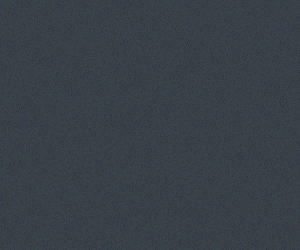International
On the road with a migrant caravan leaving Honduras

AFP
Hundreds of men, women and children gathered early Saturday morning in the parking lot of San Pedro Sula’s main transit hub, on the edge of the northern Honduran city.
Before the sun rose, many had already departed on foot, carrying the few belongings they had in backpacks or bags towards Corinto, a small Honduran border town on the other side of the mountains.
While their final destination is the United States, their main goal is “a better future for their family,” said a Nicaraguan who provided only his first name, Ovaldo.
Originally from the Nicaraguan capital Managua, he lamented that the situation in his country “is quite difficult,” and his family faced “a very hard road.”
He was accompanied by about 500 other migrants from a variety of countries including Honduras, Haiti, Venezuela and Nicaragua.
Some had even crossed the ocean from Africa.
They will join a nearly endless flow of people attempting to cross into Guatemala, then Mexico and ultimately the United States — which most will not manage to do.
At the Corinto border crossing, the group had arrived all together but broke into smaller groups to go through Guatemalan immigration.
Those who were missing identification or proof of a negative Covid-19 test were sent back into Honduras, according to an AFP photographer on the scene.
Migrants who do make it past will still have more than 1,200 miles (2,000 kilometers) until the US border.
Guatemalan authorities said about 150 people entered the country at unauthorized crossings because they lacked the papers to get in.
A group of about 100 migrants who got past immigration controls were stopped in the jurisdiction of Izabal, near the border, where they threw stones and blunt objects at security forces.
The clashes injured a dozen officers who were trying to get the migrants to turn back, officials said.
The last caravan to leave San Pedro Sula was in January 2021, and contained about 7,000 people.
It was broken up in Guatemala, when hundreds of soldiers attacked the migrants with sticks and tear gas, forcing them to return to Honduras.
Migrants in Saturday’s caravan said they were risking the dangerous journey for multiple reasons: to escape violence from drug traffickers and gangs, but also to start anew after natural disasters such as floods and droughts upended their lives.
International
At Least Eight Dead and 19 Injured in Deadly Bus Crash in Veracruz, Mexico
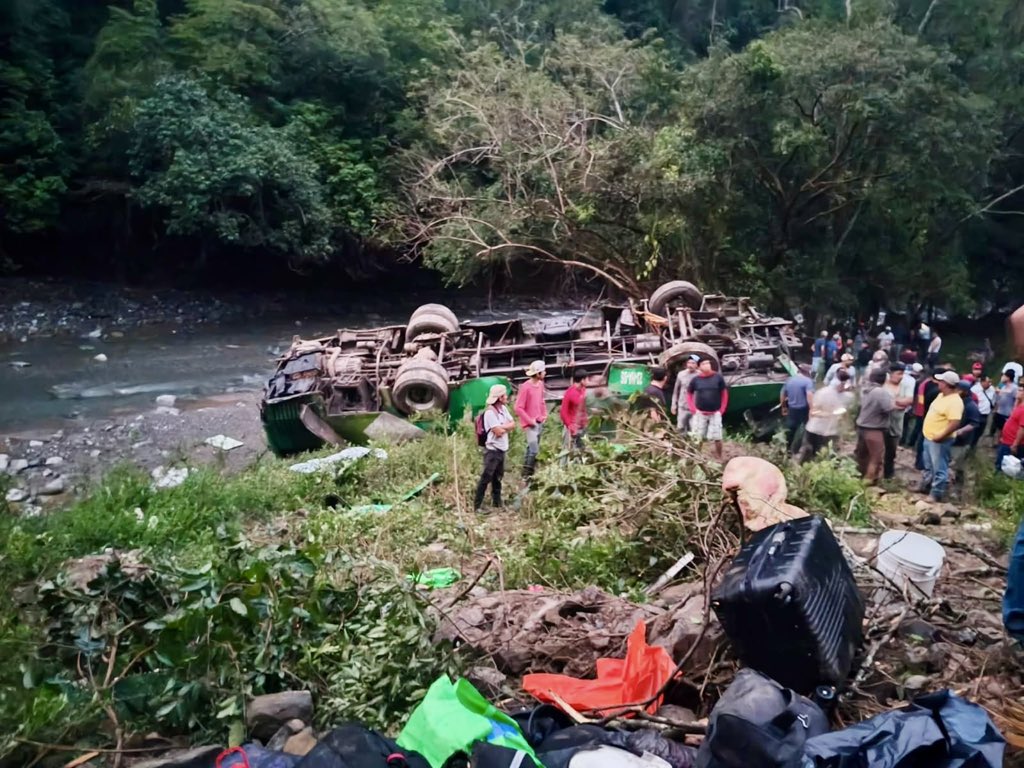
A tragic bus accident in the eastern state of Veracruz left at least eight people dead and 19 others injured on Wednesday afternoon, according to local authorities.
The vehicle was traveling through the town of Zontecomatlán when it crashed near a ravine, state Civil Protection officials reported late Wednesday night. “Regrettably, the prosecutor’s office has confirmed eight fatalities,” the agency stated in an official release.
Emergency Response and Medical Care Rescue teams worked into the night to assist the survivors. The 19 injured passengers were stabilized at the scene before being transported to hospitals in the nearby municipalities of Chicontepec and Huayacocotla. While the identities of the victims have not yet been released, Mexican press reports indicate the bus was en route from Mexico City to Chicontepec.
A Recurring Issue on Mexican Highways Road accidents involving long-haul passenger buses and freight transport are a frequent occurrence in Mexico. Experts often cite excessive speed, mechanical failure, or driver fatigue as the primary catalysts for these tragedies.
This latest incident follows another major disaster in late November, where 10 people were killed and 20 injured in a similar bus crash in the western state of Michoacán. The recurring nature of these accidents continues to spark national debate regarding the enforcement of stricter safety regulations for commercial transport units.
International
Jair Bolsonaro Hospitalized for Inguinal Hernia Surgery While Serving Sentence for Attempted Coup

Former Brazilian President Jair Bolsonaro, currently serving a 27-year prison sentence for an attempted coup, underwent surgery this Thursday for an inguinal hernia. The procedure took place at the DF Star Hospital in Brasilia, according to his wife, Michelle Bolsonaro.
The 70-year-old former leader left prison on Wednesday for the first time since his incarceration in late November to prepare for the operation. “My love has just gone to the surgical center,” Michelle Bolsonaro posted on Instagram, where she has been documenting her accompaniment during his hospitalization.
Surgical Expectations and Health History Medical professionals treating the far-right ex-president (2019-2022) anticipate the operation will last approximately four hours. His recovery period in the hospital is expected to extend between five and seven days.
Dr. Claudio Birolini explained on Wednesday that while the surgery is standardized, it remains complex due to the patient’s history. Bolsonaro continues to suffer from the long-term effects of a 2018 campaign rally stabbing, an injury that required several major abdominal surgeries in the years following the attack.
“There is no such thing as a simple surgery. However, this is a scheduled and standardized procedure, so we expect it to be carried out without major complications,” Dr. Birolini stated.
Potential Additional Procedures Following the hernia repair, the medical team will evaluate whether Bolsonaro can undergo a second procedure: an anesthetic block of the phrenic nerve. This nerve controls the diaphragm, and the intervention would aim to resolve a chronic case of recurrent hiccups that has plagued the former president for years.
Bolsonaro remains under heavy security at the medical facility as he serves his lengthy sentence related to the events surrounding the January 2023 institutional crisis in Brazil.
International
Trump Orders Construction of New ‘Golden Fleet’ to Revitalize U.S. Naval Superiority

President Donald Trump issued an executive order this Monday for the immediate construction of two new warships that will bear his name. These vessels will be the pioneers of what he described as the “Golden Fleet,” a future generation of “Trump-class” battleships that he claimed would be “100 times more powerful” than those currently in service.
The announcement took place at his private residence in Mar-a-Lago, Florida. The President indicated that following the initial two ships, the administration aims to commission up to 25 additional vessels. He is scheduled to meet with Florida-based contractors next week to expedite production, criticizing existing defense firms for failing to deliver results efficiently.
This naval expansion is a cornerstone of Trump’s goal to revitalized the American shipbuilding industry and address the strategic gap between the U.S. and competitors like China.
The move comes amid heightened geopolitical tension. Just last week, Trump ordered the seizure of all sanctioned tankers involved with Venezuela’s “ghost fleet” to cripple the country’s crude oil industry. Since December 10, the U.S. military—deployed in the Caribbean under the guise of counter-narcotics operations—has already detained two tankers linked to Venezuelan oil transport.
-
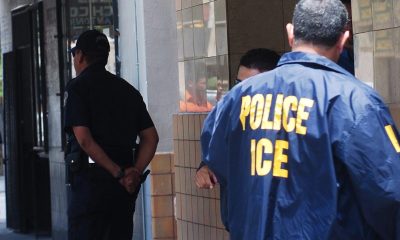
 International3 days ago
International3 days agoU.S. Judge Blocks ICE from Re-detaining Salvadoran Erroneously Deported Under Trump Administration
-

 International4 days ago
International4 days agoCristina Kirchner recovering after appendicitis surgery in Buenos Aires
-
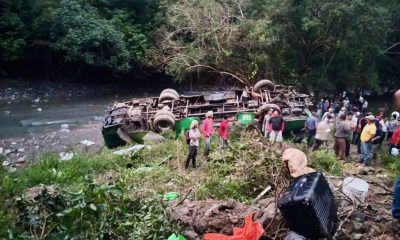
 International2 hours ago
International2 hours agoAt Least Eight Dead and 19 Injured in Deadly Bus Crash in Veracruz, Mexico
-
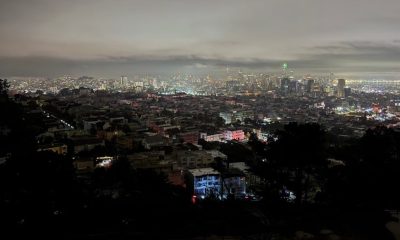
 International4 days ago
International4 days agoFire at substation triggers major blackout in San Francisco
-
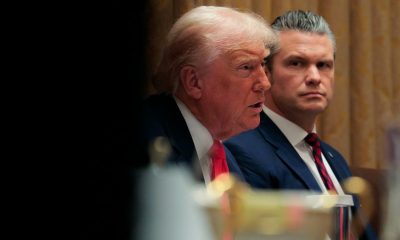
 International3 days ago
International3 days agoTrump Orders Construction of New ‘Golden Fleet’ to Revitalize U.S. Naval Superiority
-

 International2 hours ago
International2 hours agoJair Bolsonaro Hospitalized for Inguinal Hernia Surgery While Serving Sentence for Attempted Coup
























